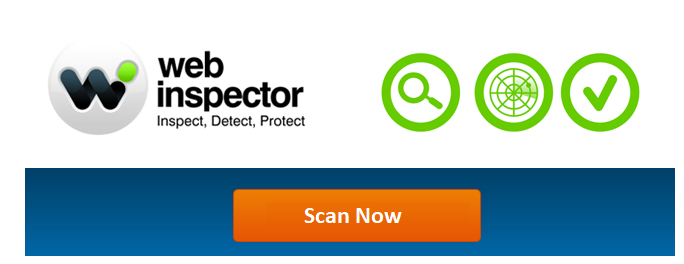Do you know that web applications are easy to hack if not well protected? Protecting a company’s information and data is paramount in every company. Many companies do their best to install the better-known network security and anti-virus solutions. However, would-be hackers have begun to use web applications to gain access to corporate data.
Since web applications are publicly available on the internet 24/7, hackers quickly access and have unlimited attempts to hack the apps. The hackers are always looking for security loopholes in the web-based applications to gain unauthorized access to corporate information and data.
Web application scanning is an automated solution that a company can use to prevent hackers from interfering with the company’s information and data. Most companies are now turning to web application scanners to secure their web applications.
What is a Web application scanner?
A web application scanner is software installed on a company’s Web to protect the web application. This software scan for security loopholes in Web-based applications that would-be hackers can use to gain unauthorized data and information. Web application scanning crawls the website for vulnerabilities in web applications.
The web scanner software analysis all the discoverable web pages ad files. The scanner then develops a software structure of the entire website. Since the web application scanner does not have access to the source code, it analyzes the system, simulates attacks against an application and analyzes the results.
The web application scanning protects websites, web applications, and web services from malicious cyber-attacks and other potential threats. A web application security program is essential for your organization to ensure that your data is safe from attackers.
Web Application Security and Scanning
Your organization needs a web application security and scanning solution that can identify security loopholes in web applications. Consider web applications as open windows and doors that hackers can gain entry to your organization. Web applications include user interface software applications, online activities like email, retail site, and entertainment services.
Web application security and scanning secure your companies’ web application by making it hard for an unauthorized person to access the companies’ sensitive data and information. Web application scanning is part of Dynamic application testing. The scanner tests the application in the later development stages and after release in the runtime to detect for any loopholes.
Hackers usually target the most commonly used ports to attack web applications. Web applications are the most vulnerable elements of the organization’s IT infrastructure, and therefore they need to be audited regularly. Web application and scanning is a sure way of ensuring that the IT infrastructure of a company is secure. Read more on Web scanning and security.
Top 10 Web Application Vulnerabilities
There are instances where famous where popular websites have been hacked. Hackers are always looking for ways to hack websites and leak data. Organizations, therefore, need to test the security of their web applications. The following is a list of the available web application vulnerability scanners in the market:
1. Grabber
Grabber is a simple and portable web application scanner that can detect several vulnerabilities like cross-site scripting, SQL injection, Ajax testing, File inclusion, JS source code analyzer, and Backup file check.
2. Vega
Vega is a free open source web vulnerability application that can perform security testing of a web application. It is written in Java and has a GUI interface.
3. Zed Attack Prox
ZAP, as it is commonly known, can be used on a wide range of vulnerabilities in the web application. It is easy and straightforward to use for starters.
4. Wapiti
This scanner allows you to audit the Web’s security by performing black-box testing on the web pages.
5. W3af
W3af is a famous Web application attack framework developed by Python. It can identify more than 200 types of web application vulnerabilities.
6. WebScarab
WebScarab is a Java-based web security application that uses HTTP and HTTPS protocol. It works well as an intercepting proxy.
7. Skipfish
Skipfish web application security tool that crawls the website checks each page for various security threats and gives a report. It is written in C and can handle more than 200 requests per second.
8. Ratproxy
Ratproxy supports Linux, FreeBSD, macOS x, and Windows environments. It is used to supplement other proxy tools used in security audits.
9. SQLMap
The SQLMap has a powerful detecting engine that contains many penetrative features.
10. Wfuzz
Wfuzz is an open-source application that supports cookie fuzzing, multi-threading, proxy and many other applications.
Related Resources
Website Status








